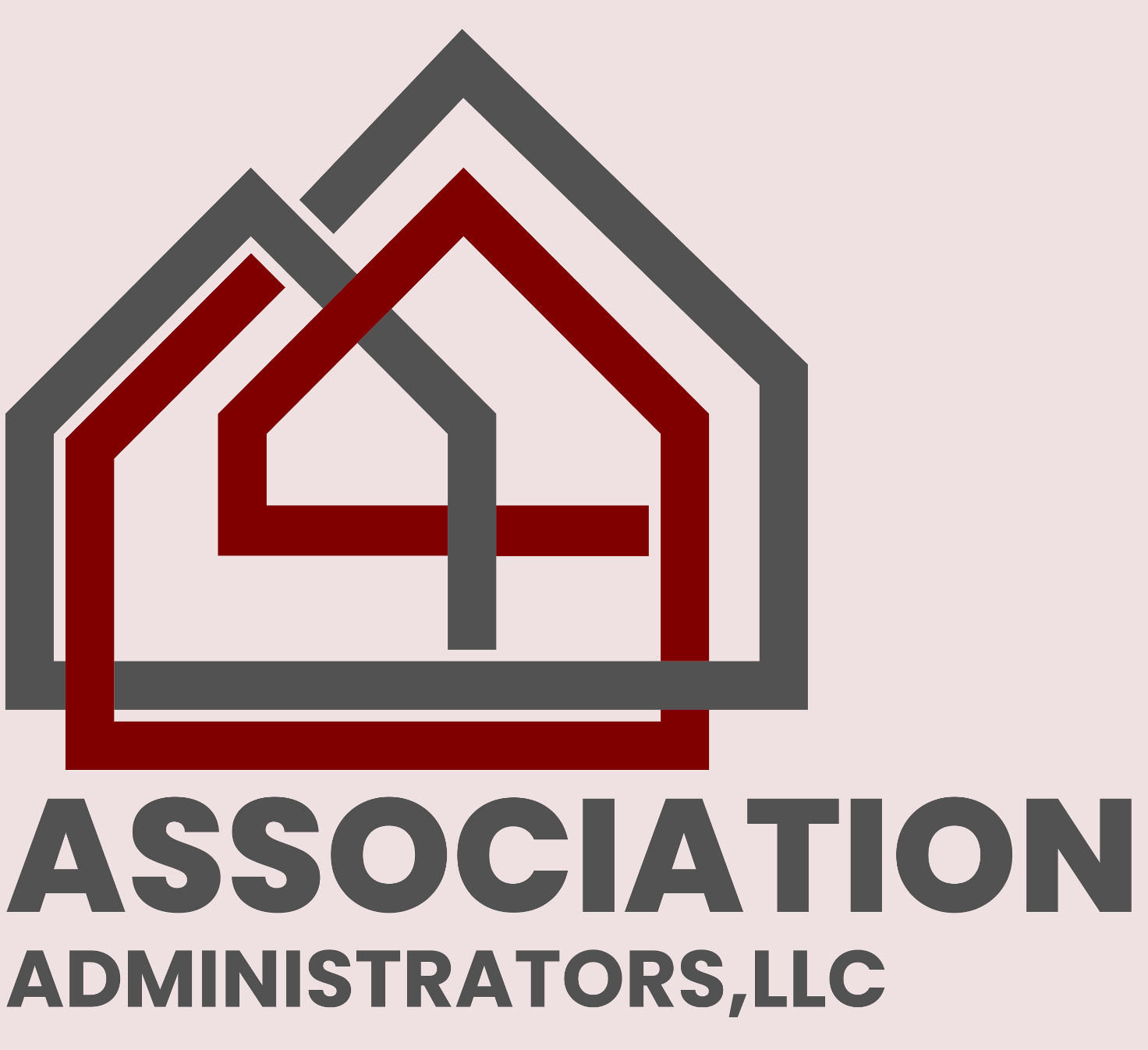 If you live in a community that has an homeowners’ association, consider yourself lucky!
If you live in a community that has an homeowners’ association, consider yourself lucky!
Many homeowners’ associations and condominium communities offer a range of amenities that can include clubhouses, swimming pools, tennis courts, fitness centers, playgrounds, lakes and ponds, and golf courses. The typical association may also provide services such as trash pickup, street paving and lighting, snow removal and the maintenance of common areas—services that were once the exclusive province of local municipalities.
This transfer, or privatization, of services has become commonplace as the demand for housing has outpaced the ability of many local governments to provide services. Municipalities now require developers and builders to provide these services in new communities. Typically, builders manage these services during the early stages of construction and sales, but eventually the obligation falls to the homeowners living in the community. Knowing this, builders usually put an association in place while the community is being built.
Community associations also extend some degree of protection against neighborhood degradation and deterioration—cars on cinder blocks, dilapidated homes, yards that are not maintained, and trampolines in the front yard. This requires not only creating reasonable community standards, but also enforcing equitable and consistent rules. While rules differ among associations, the goals and benefits are the same: To protect property values, preserve the nature of the community and meet the established expectations of residents.
Governed by Neighbors
There is usually a correlation between the level of homeowner involvement and the long-term success of a community. While businesses and professionals provide specialized support to many associations, homeowner volunteer leaders are accountable to the neighbors who elect them. The typical community—whether a homeowner’s association, condominium or cooperative—is governed by a board of homeowner volunteers who are elected by their fellow owners to set policy. Smaller associations with limited budgets also may rely on resident volunteers for various management responsibilities. Homeowner involvement is essential, whether a community is self-managed or professionally managed. Association Administrators encourages residents to get involved in their communities. There are many opportunities, from leading a specific project to chairing a committee to running for a seat on the board.
Managed by Professionals
Many communities contract with management firms and other product and service providers for selected services, such as general management, maintenance and legal guidance. Large homeowner’s associations and condominium communities may hire full-time, on-site managers but usually the community manager is off-site and regularly visits the communities they manage.
Association management has become increasingly specialized as community governance has become more demanding. Successful community managers must possess knowledge and skills relating to finance, strategic planning, maintenance, personnel management, insurance, laws and regulations, communications and covenants enforcement. These professionals must also provide sound advice and guidance.
Protecting Property Values
Community association board members and managers are guided by their association’s governing documents. Often known as covenants, conditions and restrictions (CC&Rs), these documents are created to maintain community standards, protect property values and encourage a sense of community stewardship. People living in an association-governed community contractually agree to adhere to these codes.
While CC&Rs are developed and enforced to protect all homeowners, they do not eliminate occasional disagreement and discontent. Issues often arise because of unrealistic expectations, misinformation or misunderstanding. With all their inherent advantages, associations face difficult issues—none more common than the challenge of balancing the best interests of the community as a whole and the preferences of individual residents.
Common Goals
Both the Board and the Management Company share the same goals. An Association that is focused on the well-being of the entire community, strives to keep property values high, is fiscally responsible and open to all communication including criticism and suggestions. Working together as a team, they share a common goal of satisfaction for all the owners who live in the Association.
Gallery
Click to Edit
